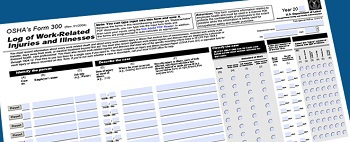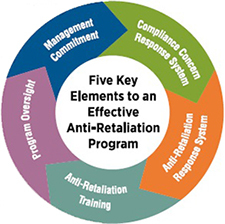Construction workers often perform tasks in confined spaces - work areas that (1) are large enough for a worker to enter, (2) have limited means of entry or exit, and (3) are not designed for continuous occupancy. These spaces can present physical and atmospheric hazards that can be prevented if addressed prior to entering the space to perform work. The construction confined space standard is expected to prevent roughly 780 serious injuries and five deaths yearly.
Who will this course benefit?
Small business owners, trainers, others with construction safety and
health responsibilities
Topics Covered:
• Worker training requirements and employer responsibilities
- Construction Industry Confined Spaces vs. General Industry
Confined Spaces
- Dynamic nature of Construction (things you don’t usually
find in General Industry)
- Identifying Construction Confined Spaces/Permit-Required
Confined Spaces
- Welding, burning chemicals, epoxies, shaft-work, vault work
- Hot Work, Lock-out/Tag-out
• Creating an inventory of Confined Spaces
- Managing the Construction Industry Confined Space Program
- Model site-specific orientation
- precedent: Subpart R- Steel Erection:
Controlling Contractor
- precedent: Subpart CC- Host has the responsibility
to inform contractors of existing hazards
- precedent: Hazard Communication Model
- Checklists and flowcharts
- Completing Permit-Required Confined Space
(PRCS) forms
- Labeling (signs, signal, and barricades)
- Labeling (signs, signal, and barricades)
This course will be held at
on the following dates:
February 17, 2017
March 1, 2017
March 24, 2017
April 3, 2017
April 24, 2017
May 12, 2017
June 5, 2017





